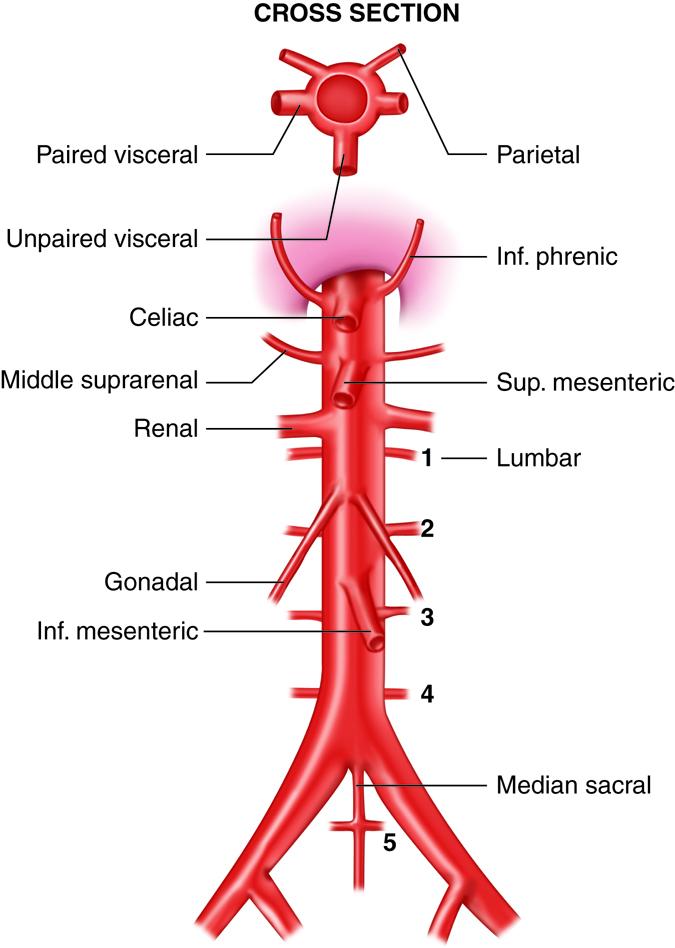
Understanding Low Hemoglobin: Causes, Symptoms, and Treatment
Hemoglobin is an essential component of red blood cells that carries oxygen from the lungs to the rest of the body. Low hemoglobin levels can lead to anemia, a condition in which the body doesn’t have enough healthy red blood cells to carry oxygen to its tissues. Understanding the causes, symptoms, and treatments for low hemoglobin is crucial for maintaining overall health and well-being.
Causes of Low Hemoglobin
There are several potential causes of low hemoglobin levels, including:
1. Nutritional deficiencies: An inadequate intake of iron, vitamin B12, and folate can lead to low hemoglobin levels. Iron is essential for the production of hemoglobin, while vitamin B12 and folate play a crucial role in red blood cell formation.
2. Chronic diseases: Chronic kidney disease, liver disease, cancer, and other chronic conditions can interfere with the body’s ability to produce enough red blood cells, leading to low hemoglobin levels.
3. Bone marrow disorders: Conditions such as leukemia, myelodysplastic syndromes, and aplastic anemia can affect the production of red blood cells in the bone marrow, resulting in low hemoglobin levels.
4. Hemolysis: Hemolysis is the premature destruction of red blood cells, which can lead to low hemoglobin levels. This can be caused by infections, autoimmune disorders, or certain genetic conditions.
5. Pregnancy: Pregnant women are at an increased risk of developing low hemoglobin levels due to the increased demand for iron and other nutrients to support the growing fetus.
Symptoms of Low Hemoglobin
The symptoms of low hemoglobin levels can vary depending on the severity of the anemia and the underlying cause. Common symptoms include:
1. Fatigue and weakness: Low hemoglobin levels can lead to decreased oxygen delivery to the tissues, resulting in feelings of exhaustion and weakness.
2. Shortness of breath: Anemia can cause the heart to work harder to compensate for the decreased oxygen-carrying capacity of the blood, leading to shortness of breath, especially during physical exertion.
3. Pale skin and mucous membranes: A lack of hemoglobin can lead to paleness of the skin, as well as pale or yellowish mucous membranes, such as the inside of the mouth and the eyelids.
4. Dizziness and lightheadedness: Insufficient oxygen delivery to the brain can lead to feelings of dizziness and lightheadedness.
5. Chest pain: In severe cases, low hemoglobin levels can lead to chest pain and an irregular heartbeat.
Treatment of Low Hemoglobin
The treatment of low hemoglobin levels depends on the underlying cause of the anemia. In many cases, the primary goal of treatment is to address the underlying cause and increase the body’s production of red blood cells. Some common treatment options include:
1. Iron supplementation: Iron supplementation is often prescribed to treat anemia caused by iron deficiency. This can be in the form of oral iron supplements or, in severe cases, intravenous iron therapy.
2. Vitamin B12 and folate supplementation: Anemia caused by vitamin B12 or folate deficiency can be treated with supplementation of these nutrients. This is often done through dietary changes or oral supplements.
3. Blood transfusions: In cases of severe anemia or when other treatments are not effective, a blood transfusion may be required to quickly increase hemoglobin levels.
4. Medications: In some cases, medications such as erythropoietin-stimulating agents may be prescribed to stimulate the production of red blood cells in the bone marrow.
5. Treatment of underlying conditions: Treating underlying conditions such as chronic kidney disease, cancer, or bone marrow disorders can help to improve hemoglobin levels.
Preventing Low Hemoglobin
Preventing low hemoglobin levels involves maintaining a healthy diet and addressing any underlying medical conditions that may contribute to anemia. Some tips for preventing low hemoglobin levels include:
1. Eating a balanced diet: Consuming a diet rich in iron, vitamin B12, and folate can help prevent nutritional deficiencies that lead to low hemoglobin levels. Iron-rich foods include red meat, poultry, fish, and leafy green vegetables, while vitamin B12 can be found in meat, dairy products, and fortified foods.
2. Managing chronic conditions: Managing chronic conditions such as kidney disease, liver disease, and cancer can help prevent anemia caused by these conditions.
3. Taking supplements: In some cases, taking iron, vitamin B12, or folate supplements may be necessary to prevent low hemoglobin levels.
4. Regular check-ups: Regular medical check-ups can help identify and address any potential causes of low hemoglobin levels before they become severe.
In conclusion, understanding the causes, symptoms, and treatments for low hemoglobin levels is essential for maintaining overall health and well-being. By addressing nutritional deficiencies, managing chronic conditions, and seeking appropriate medical care, it is possible to prevent and treat low hemoglobin levels and the associated symptoms of anemia. If you are experiencing symptoms of low hemoglobin, it is important to consult with a healthcare professional for a proper diagnosis and treatment plan.












